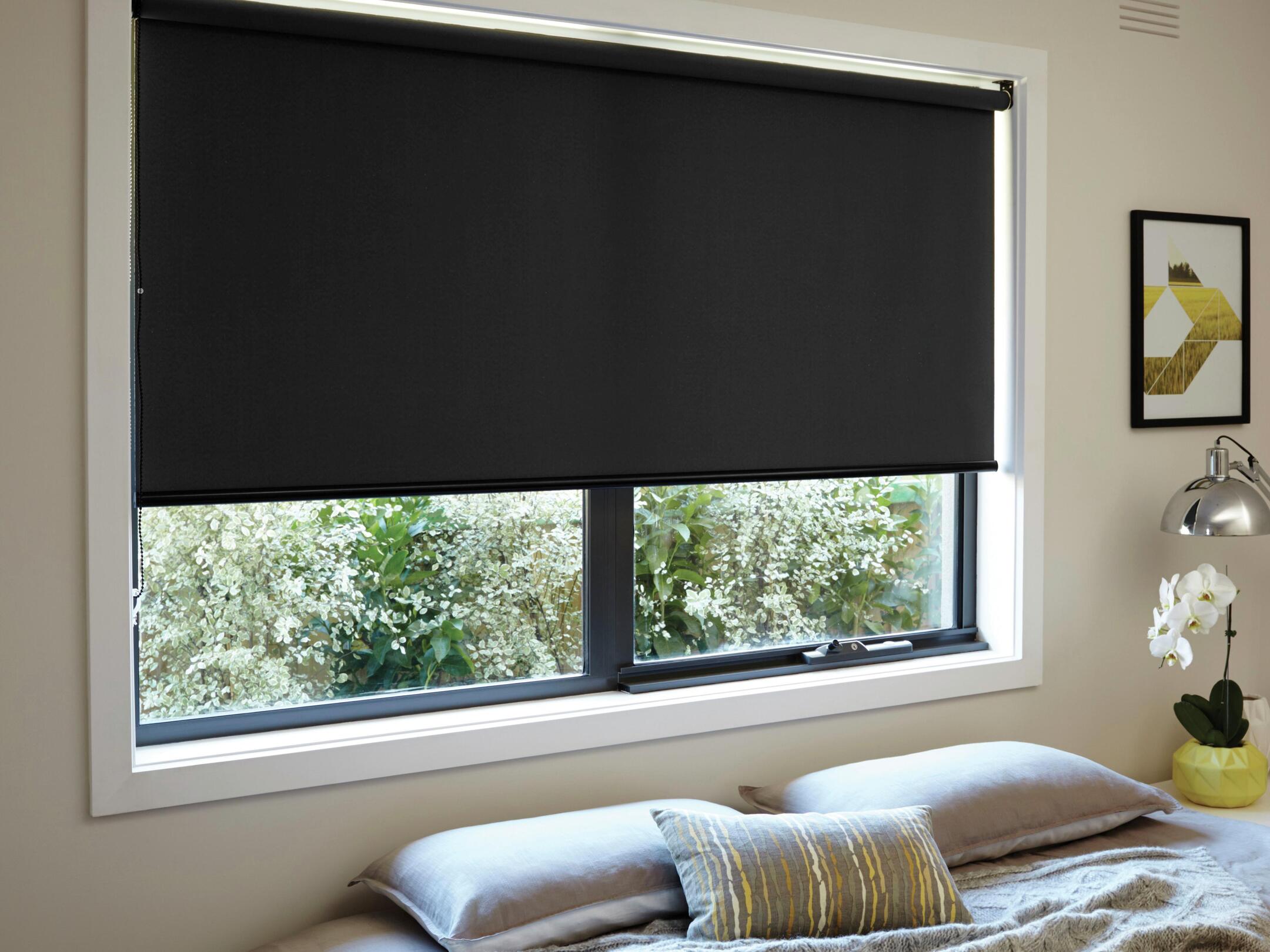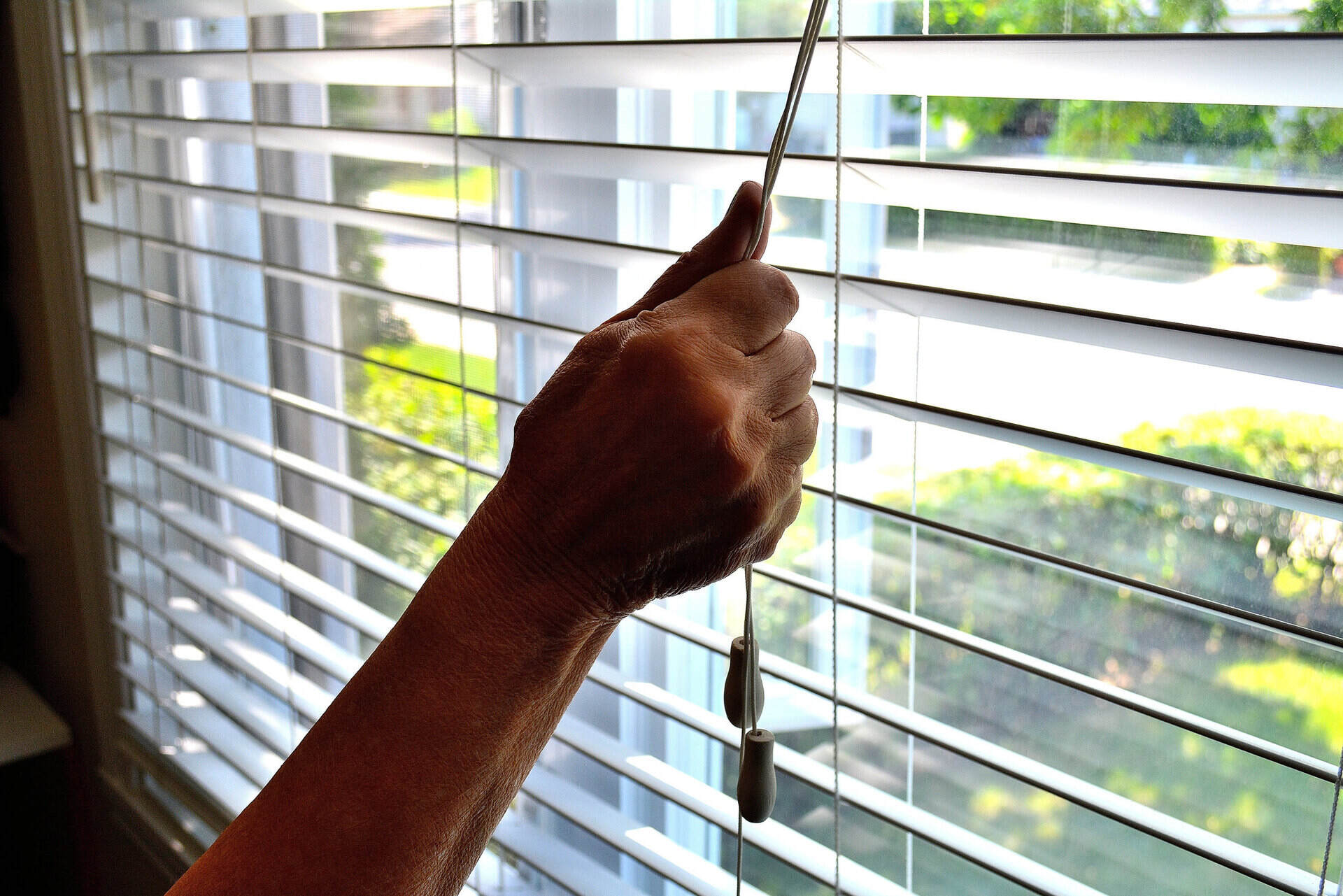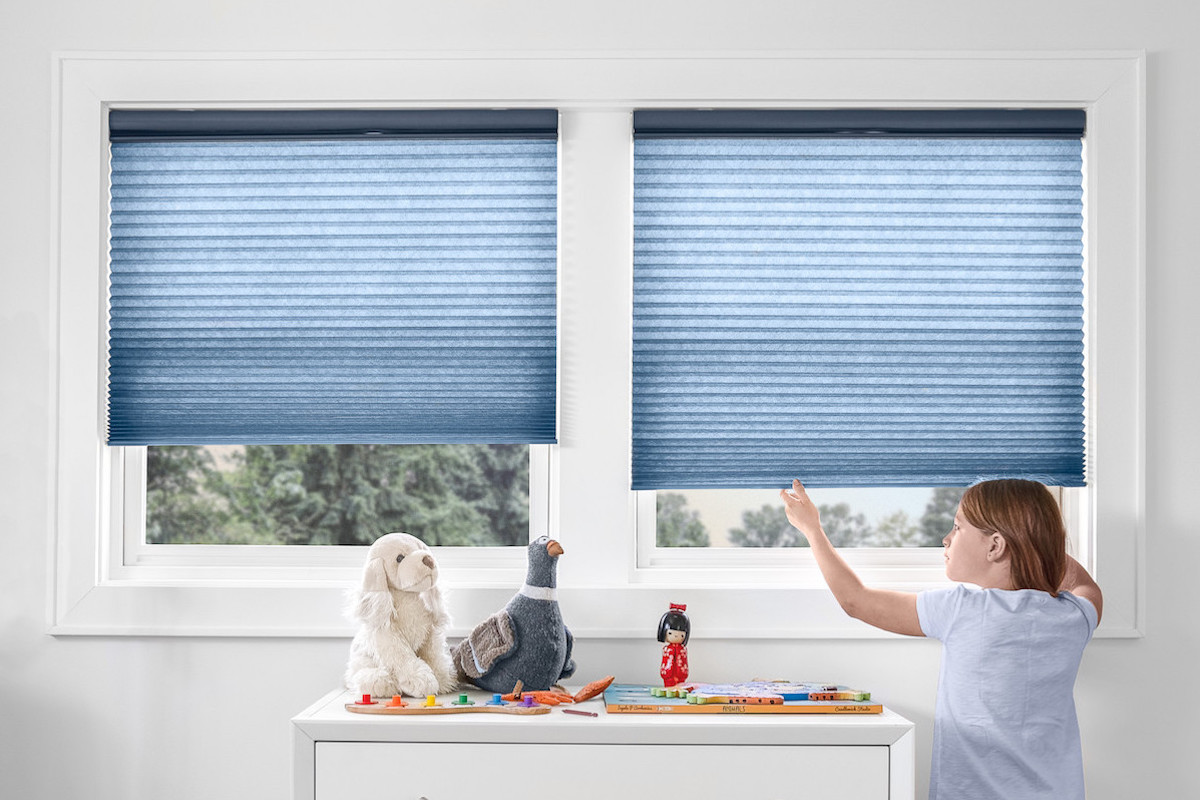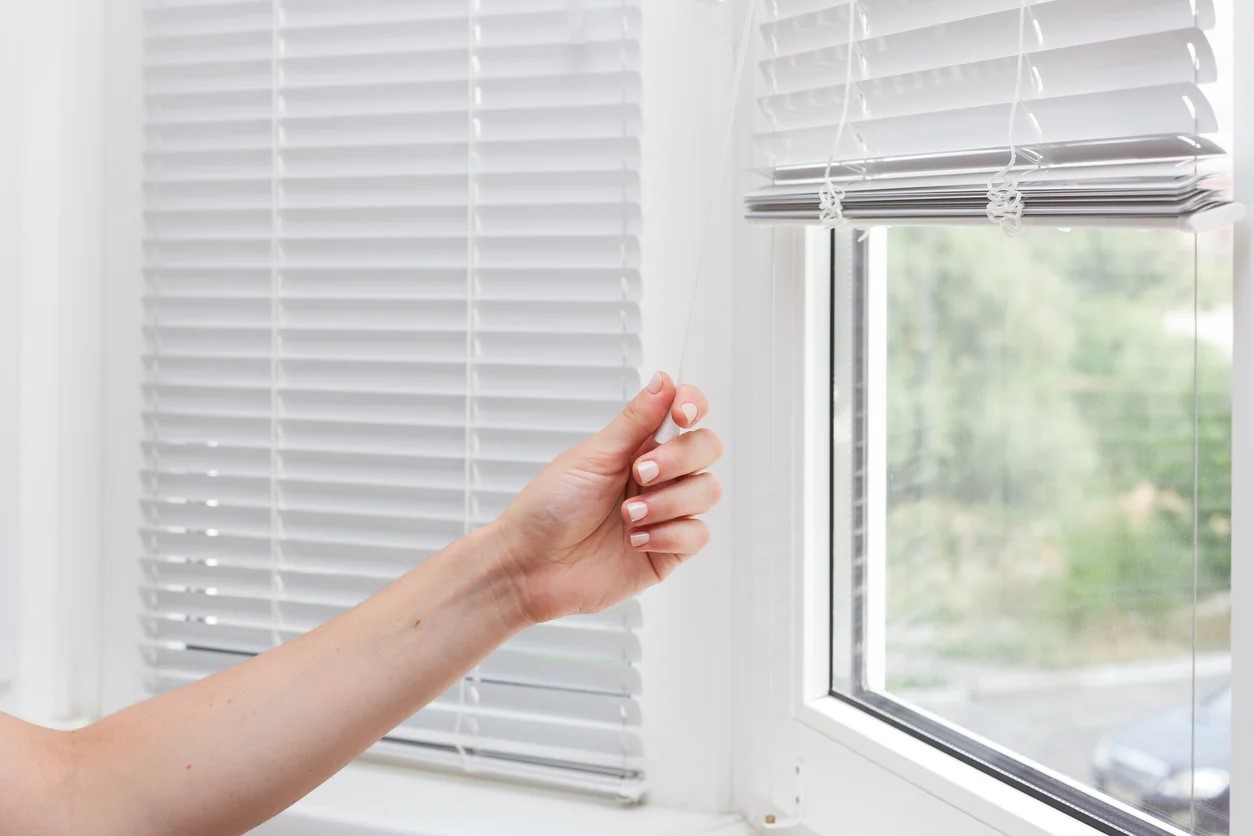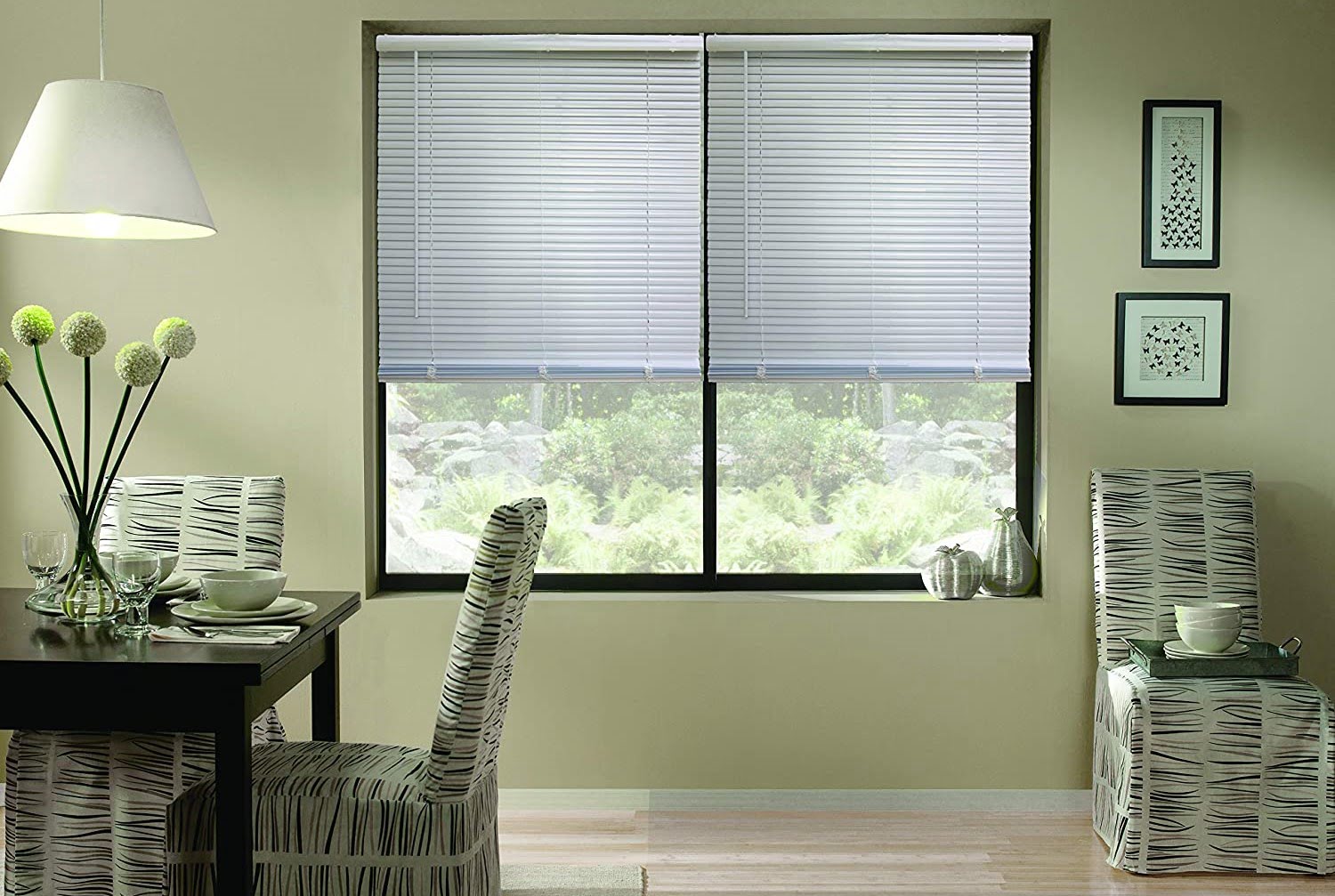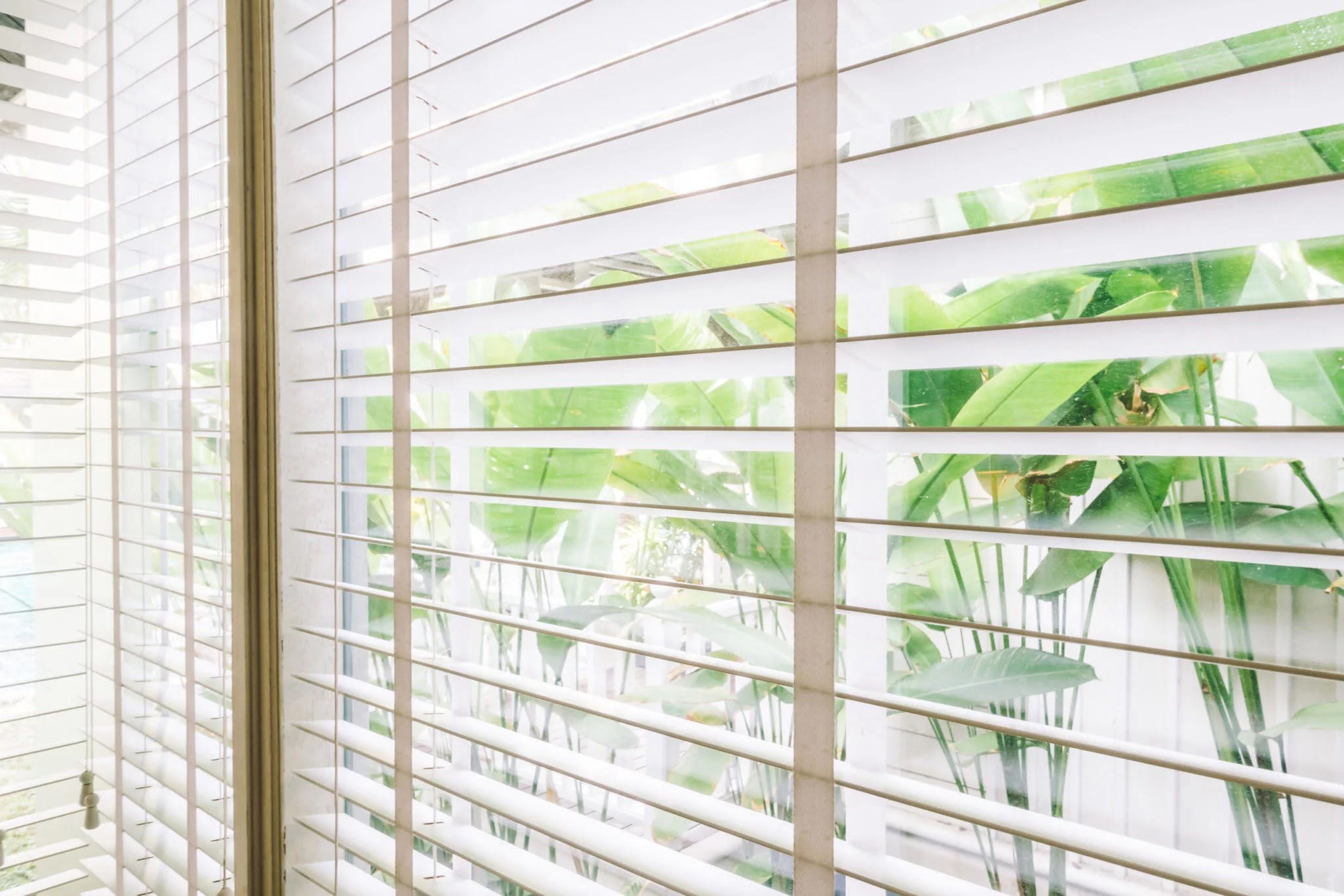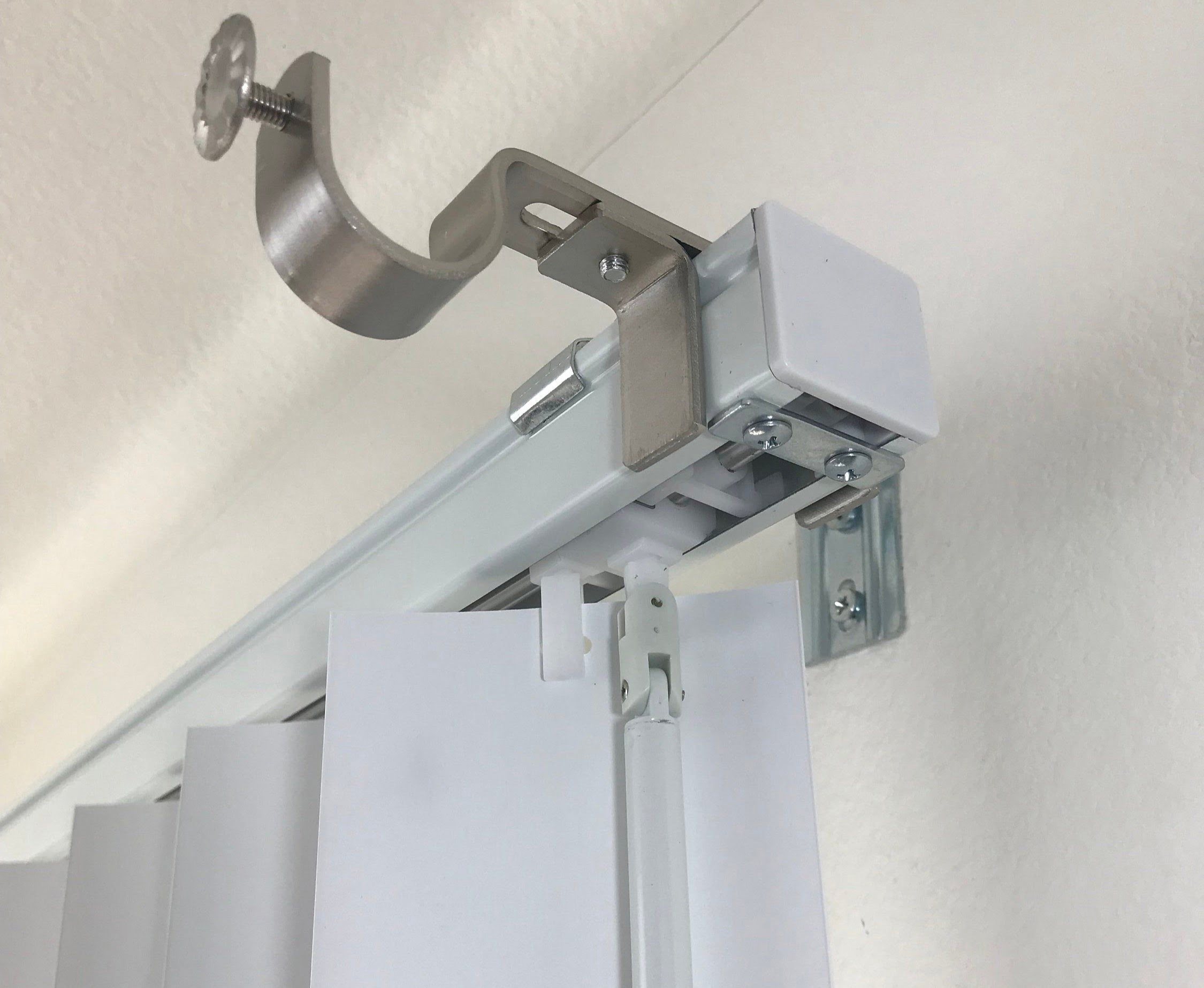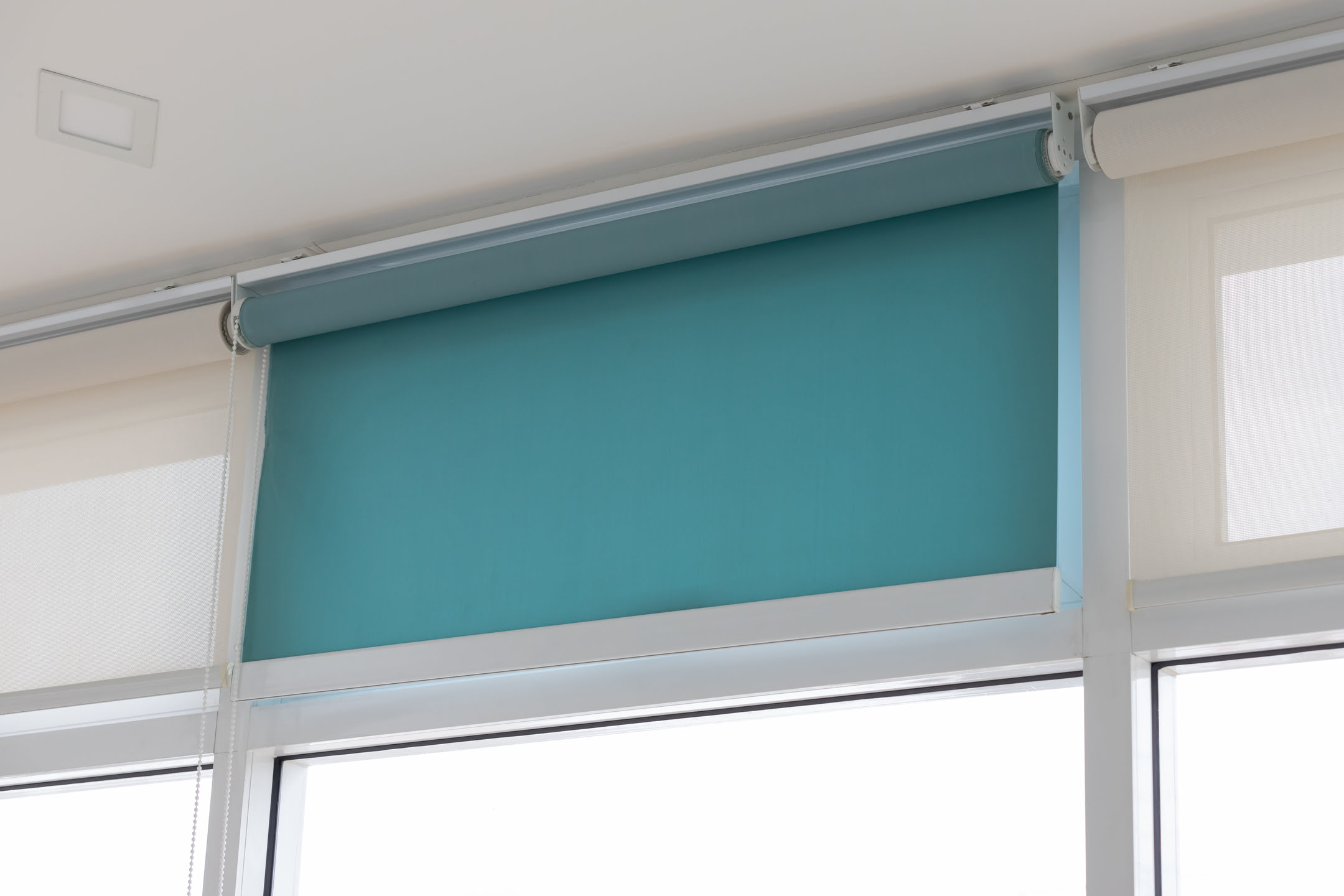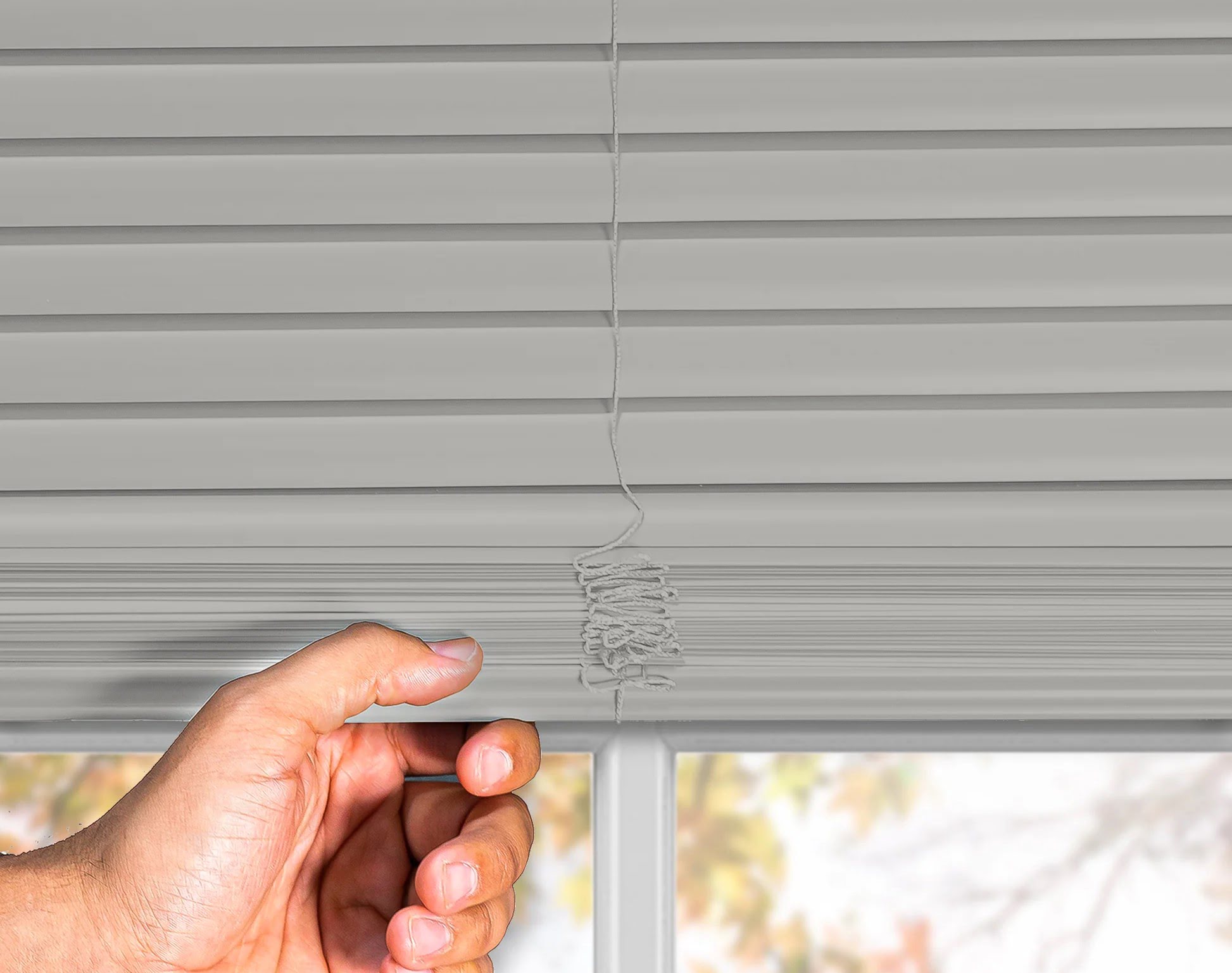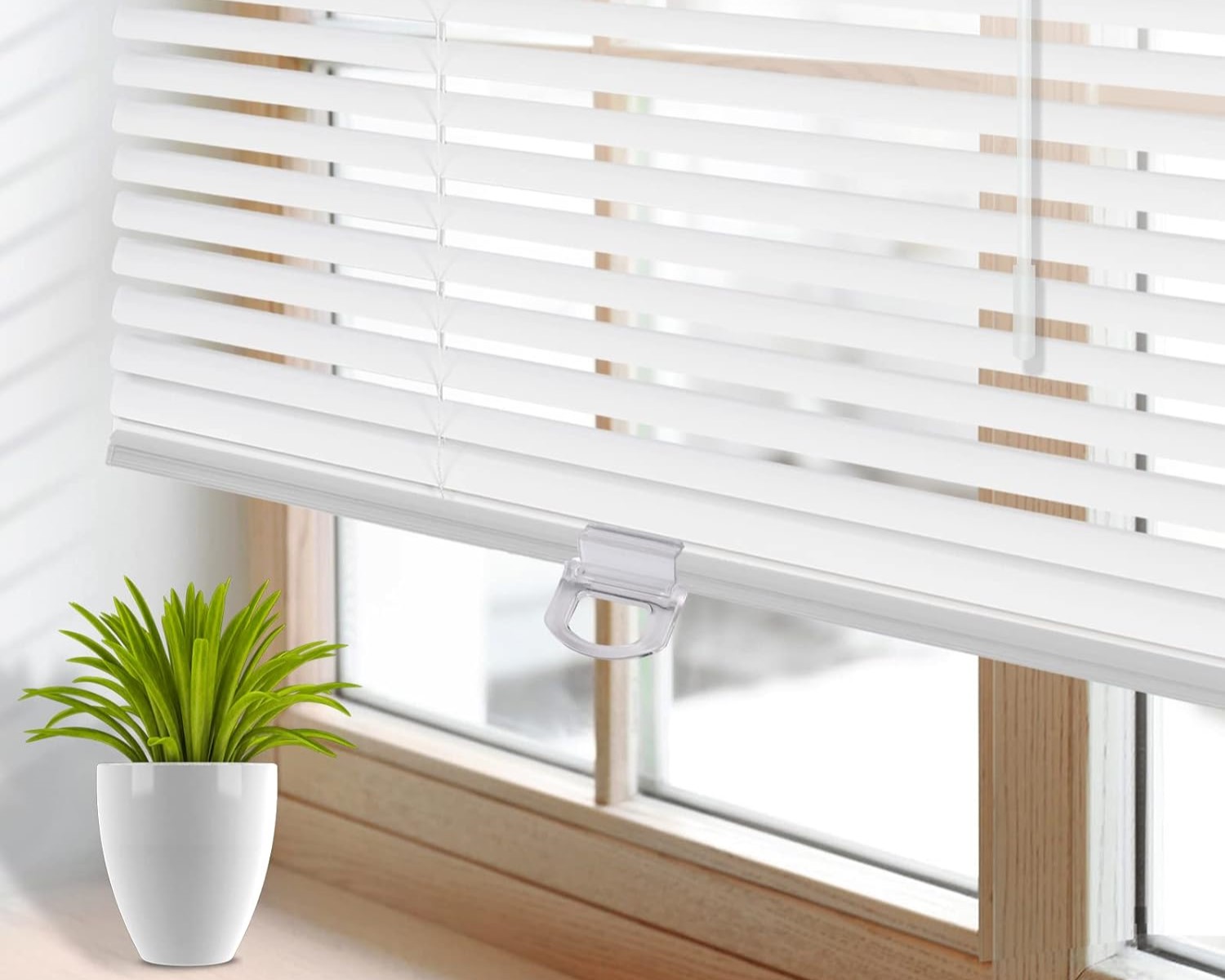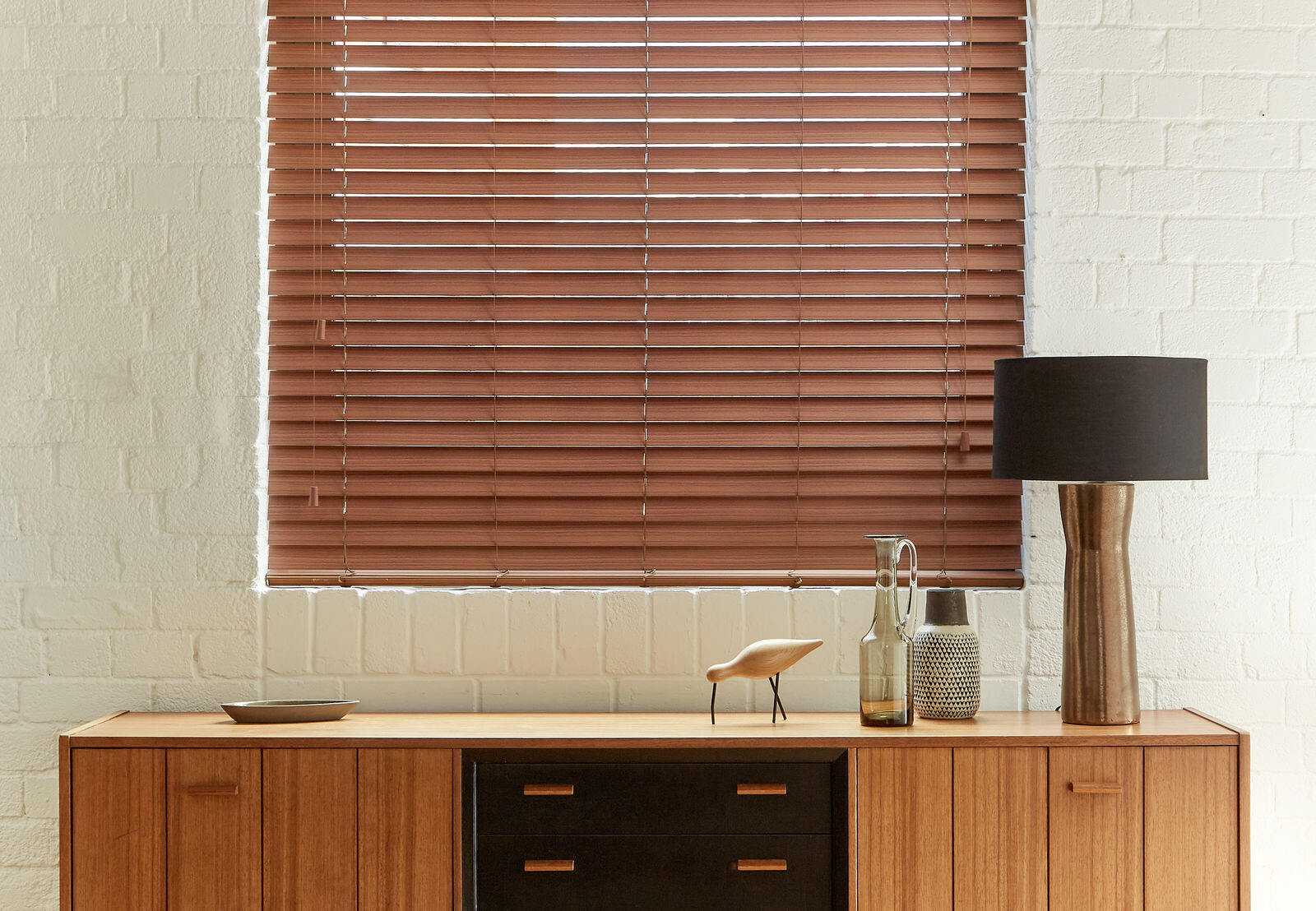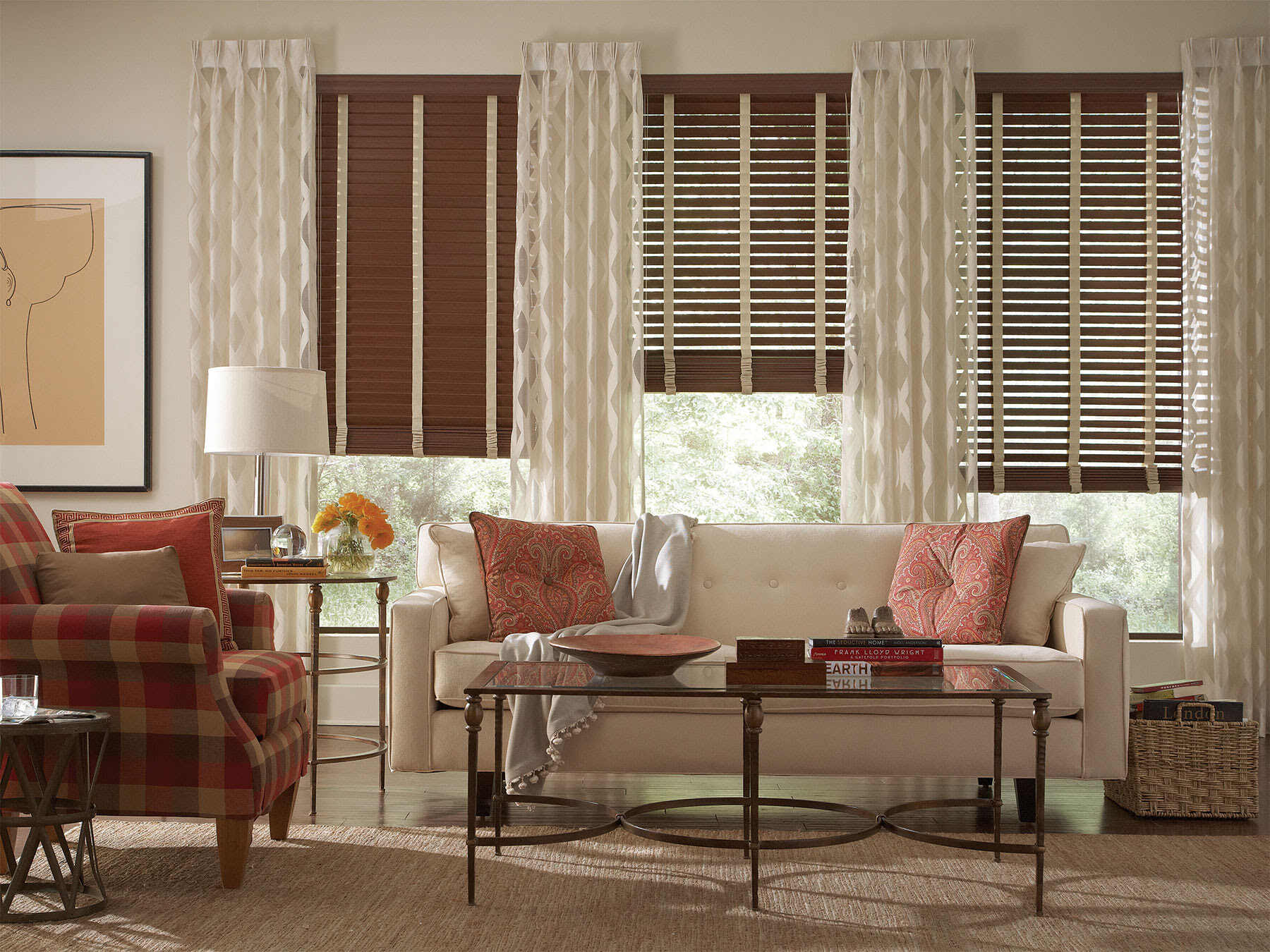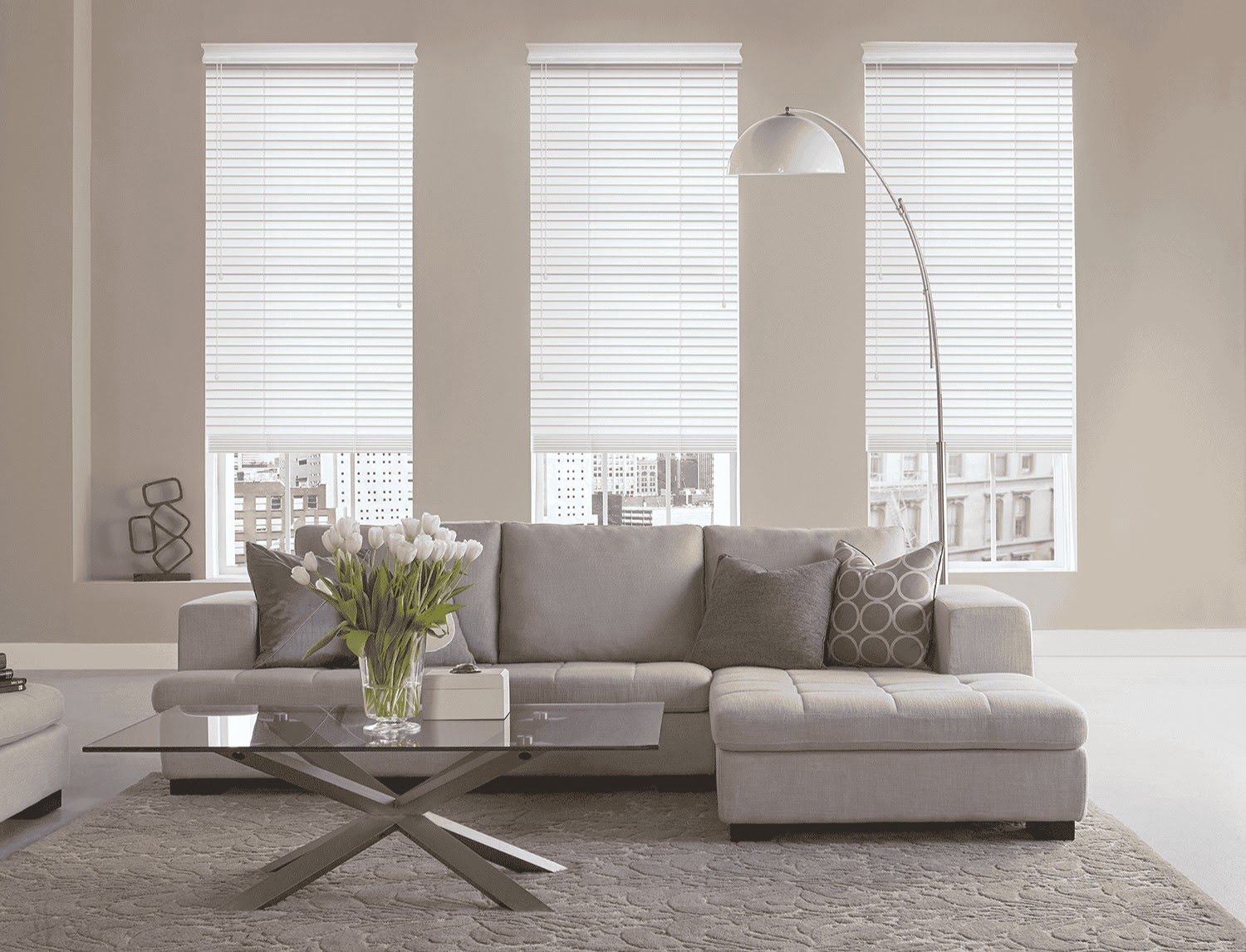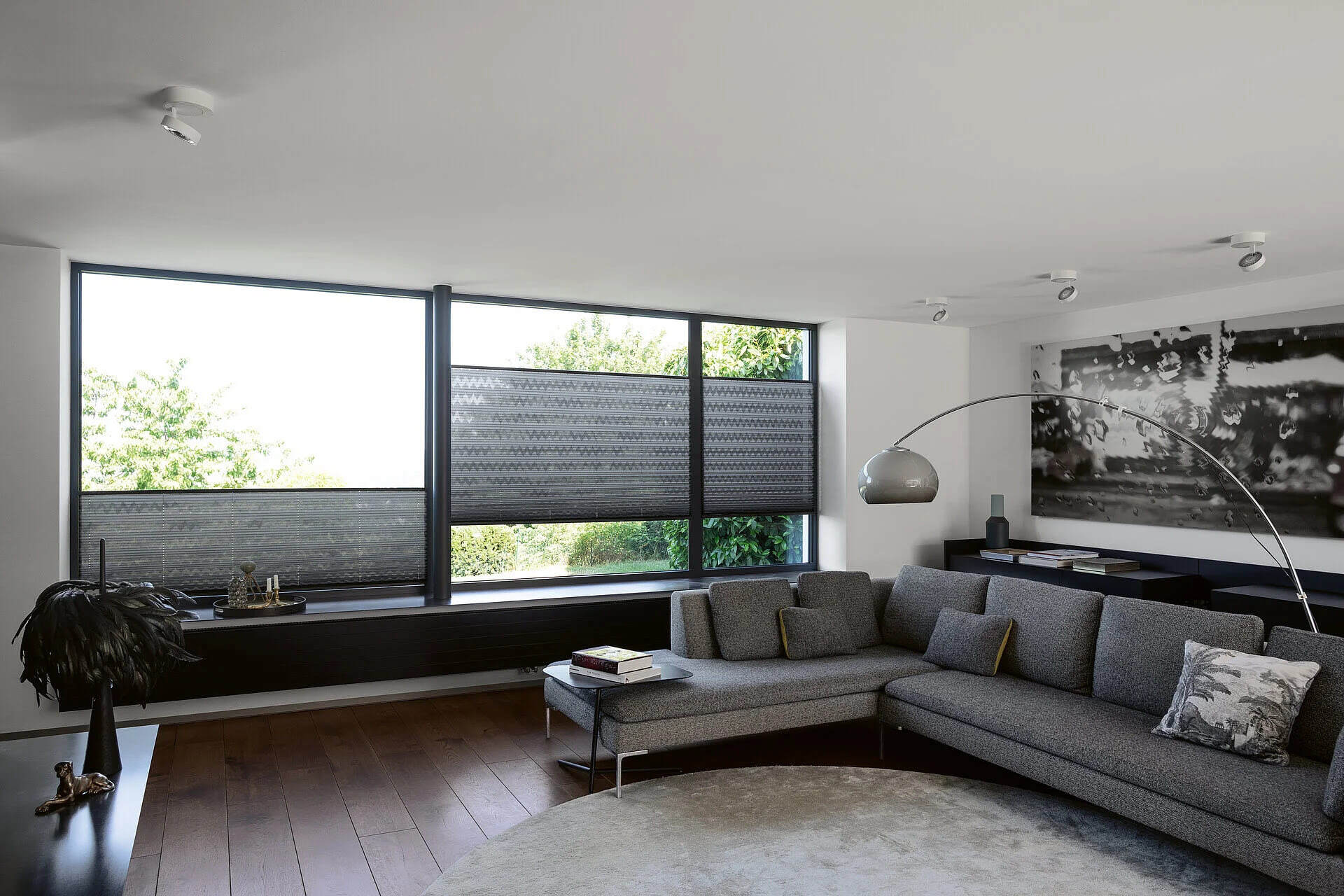

Articles
How Do Top-Down Bottom-Up Blinds Work
Modified: January 9, 2024
Discover how top-down bottom-up blinds work with these informative articles. Learn about their unique functionality and find the perfect blinds for your space.
(Many of the links in this article redirect to a specific reviewed product. Your purchase of these products through affiliate links helps to generate commission for Storables.com, at no extra cost. Learn more)
Introduction
Top-down bottom-up blinds are an innovative and versatile window treatment option that offer homeowners greater control over privacy, natural light, and airflow. These blinds have become increasingly popular in recent years, offering a modern and stylish alternative to traditional window coverings. In this article, we will explore how top-down bottom-up blinds work, their mechanisms, benefits, factors to consider when choosing them, as well as installation and maintenance tips.
Before we delve into the details, let’s first clarify what top-down bottom-up blinds are. Unlike traditional blinds that only allow for vertical or horizontal adjustments, top-down bottom-up blinds offer the flexibility to be adjusted from both the top and bottom. This unique feature allows users to customize the positioning of the blinds to control the amount of light and privacy desired, making them a popular choice for various rooms in the home.
Key Takeaways:
- Top-down bottom-up blinds offer enhanced privacy, flexible light control, improved airflow, and energy efficiency. Their customizable options and practical benefits make them a smart and stylish choice for any homeowner.
- Understanding the mechanism and benefits of top-down bottom-up blinds, as well as considering factors like window size, material, and installation, is essential for making an informed decision when choosing these versatile window treatments.
Read more: How To Fix Top Down Bottom Up Blinds
What are top-down bottom-up blinds?
Top-down bottom-up blinds, as the name suggests, can be operated in two directions. The top-down functionality allows the blinds to be lowered from the top, while the bottom-up functionality allows them to be raised from the bottom. This dual operation option provides homeowners with the ability to create different levels of privacy and light in any given room.
These blinds are available in a variety of materials, styles, and colors, allowing for seamless integration into any interior design scheme. Whether you prefer the sleekness of cellular blinds, the natural elegance of woven wood blinds, or the classic look of Venetian blinds, there is a top-down bottom-up option to suit your taste and preferences.
The mechanism behind top-down bottom-up blinds
Understanding the mechanism behind top-down bottom-up blinds is key to fully appreciating their functionality. These blinds typically consist of a cord or chain system that runs through the slats or fabric of the blinds. By pulling on the cords or chains, users can raise the blinds from the bottom, lower them from the top, or adjust them to any desired position in between.
Some top-down bottom-up blinds also feature a cordless or motorized operation, adding convenience and safety to the equation. With cordless blinds, the lifting and lowering of the blinds are controlled by a simple push and pull mechanism, eliminating the hazards associated with traditional corded blinds. Motorized blinds, on the other hand, can be controlled remotely through a wall switch or smartphone app, providing even greater ease of use and flexibility.
Benefits of top-down bottom-up blinds
Top-down bottom-up blinds offer several advantages over traditional blinds, making them an appealing choice for homeowners. Some of the key benefits include:
- Enhanced privacy: With top-down bottom-up blinds, you can adjust the positioning to allow natural light to come in while maintaining privacy, whether you’re on the ground floor or have neighboring homes nearby.
- Flexible light control: By adjusting the blinds from both the top and bottom, you can control the amount of natural light entering the room, reducing glare and protecting furniture and flooring from sun damage.
- Improved airflow: With the ability to lower the blinds from the top, you can take advantage of cross ventilation, allowing fresh air to circulate while maintaining privacy.
- Energy efficiency: Top-down bottom-up blinds can help regulate room temperature by blocking out heat in the summer and retaining warmth in the winter, potentially reducing energy consumption and lowering utility bills.
In addition to these benefits, top-down bottom-up blinds also add a modern and sophisticated touch to any room, enhancing the overall aesthetic appeal and value of your home.
Key Takeaways:
- Top-down bottom-up blinds offer enhanced privacy, flexible light control, improved airflow, and energy efficiency. Their customizable options and practical benefits make them a smart and stylish choice for any homeowner.
- Understanding the mechanism and benefits of top-down bottom-up blinds, as well as considering factors like window size, material, and installation, is essential for making an informed decision when choosing these versatile window treatments.
Read more: How To Fix Top Down Bottom Up Blinds
What are top-down bottom-up blinds?
Top-down bottom-up blinds, as the name suggests, can be operated in two directions. The top-down functionality allows the blinds to be lowered from the top, while the bottom-up functionality allows them to be raised from the bottom. This dual operation option provides homeowners with the ability to create different levels of privacy and light in any given room.
Traditional blinds typically only permit vertical adjustments, meaning that you can either fully open them or close them completely. This limited functionality can sometimes restrict the control you have over natural light and privacy. However, top-down bottom-up blinds offer a more customizable solution.
With top-down bottom-up blinds, you have the flexibility to position the blinds at different heights to allow light to enter the room while maintaining privacy. For instance, you can lower the blinds from the top to cover the bottom portion of the window, leaving the top exposed. This allows natural light to filter into the room from above while still blocking the view from the outside. Similarly, you can raise the blinds from the bottom, covering the top portion of the window while keeping the bottom area open, providing privacy while still allowing light to come in.
These blinds are particularly advantageous in rooms where privacy is paramount, such as bedrooms and bathrooms. By adjusting the blinds to cover only the necessary areas, you can enjoy natural light during the day without compromising your privacy. Additionally, top-down bottom-up blinds are ideal for windows that face busy streets, public areas, or neighboring properties, as they allow you to control the view from the outside without sacrificing illumination.
When it comes to style and design, top-down bottom-up blinds are available in a wide range of materials, patterns, and colors, ensuring that you can find the perfect match for your home decor. Whether you prefer the sleek and modern look of cellular blinds, the natural warmth of wooden blinds, or the classic appeal of fabric blinds, there is a top-down bottom-up option to suit your aesthetic preferences.
Furthermore, these blinds can be customized to fit any window size or shape, making them a versatile choice for both standard and unconventional window configurations. From small bathroom windows to large picture windows, top-down bottom-up blinds can be tailored to meet your specific requirements.
In summary, top-down bottom-up blinds offer homeowners greater control over privacy, natural light, and airflow. Their unique functionality allows for different levels of adjustment, providing a balance between privacy and illumination. With various materials and styles available, these blinds can complement any home decor, making them a stylish and practical window treatment option.
The mechanism behind top-down bottom-up blinds
Understanding the mechanism behind top-down bottom-up blinds is key to fully appreciating their functionality. These blinds typically consist of a cord or chain system that runs through the slats or fabric of the blinds. By pulling on the cords or chains, users can raise the blinds from the bottom, lower them from the top, or adjust them to any desired position in between.
The cord or chain system is connected to a mechanism at the top of the blinds, often referred to as a “headrail.” The headrail houses the pulley system or spring mechanism that enables the smooth operation of the blinds. When you pull on the cords or chains, the mechanism inside the headrail engages, allowing the blinds to be raised or lowered with ease.
There are two primary types of top-down bottom-up blinds mechanisms: cord-operated and cordless/motorized.
Cord-operated mechanism:
In cord-operated top-down bottom-up blinds, the cords or chains are used to adjust the position of the blinds. By pulling on the cords, you can lift the blinds from the bottom or lower them from the top. The cords are usually attached to a locking mechanism located inside the headrail, allowing you to secure the blinds in the desired position. To adjust the blinds, you simply release the lock and pull the cords or chains accordingly.
Cordless/motorized mechanism:
With advancements in technology, cordless and motorized top-down bottom-up blinds have become increasingly popular. These mechanisms eliminate the need for cords or chains and provide a sleeker and safer alternative.
Cordless top-down bottom-up blinds are operated by a simple push and pull mechanism. By gently pushing or pulling on the bottom rail of the blinds, you can adjust the height to your desired position. The absence of cords reduces the risk of entanglement and creates a cleaner and more streamlined look.
Motorized top-down bottom-up blinds take convenience to the next level. These blinds are equipped with an electric motor that allows for remote control operation. With the touch of a button on a wall switch or through a smartphone app, you can effortlessly raise or lower the blinds, adjust the positioning, and even program them to operate at specific times of the day.
The motorized mechanism in these blinds is powered by batteries or through a direct connection to a power source. It provides ease of use, especially for large or hard-to-reach windows, and adds a touch of modernity to your home.
Regardless of the mechanism used, top-down bottom-up blinds provide smooth and precise operation, allowing you to customize the amount of light and privacy in your space with simplicity and efficiency.
Benefits of top-down bottom-up blinds
Top-down bottom-up blinds offer several advantages over traditional blinds, making them an appealing choice for homeowners. Let’s explore some of the key benefits:
- Enhanced privacy: One of the primary advantages of top-down bottom-up blinds is the ability to customize the positioning to achieve the desired level of privacy. By adjusting the blinds from both the top and the bottom, you can create a “middle ground” where you can enjoy natural light while still maintaining privacy. This is particularly useful for rooms that face busy streets, public areas, or neighboring properties.
- Flexible light control: Top-down bottom-up blinds allow you to have better control over the amount of natural light entering a room. By adjusting the blinds to different heights, you can regulate the intensity of sunlight while still enjoying a well-lit space. Whether you want to block direct sunlight during the brightest part of the day or allow a soft, diffused glow in the early morning or late afternoon, these blinds offer the versatility to achieve your desired lighting ambiance.
- Improved airflow: Another advantage of top-down bottom-up blinds is their ability to enhance airflow in a room. By lowering the blinds from the top while keeping the bottom portion raised, you can create a “ventilation zone.” This allows fresh air to enter through the open portion of the window while still maintaining privacy and preventing insects or debris from entering. This feature is especially beneficial during warmer months when you want to invite natural breezes into your space.
- Energy efficiency: Top-down bottom-up blinds can contribute to energy efficiency in your home. By blocking out direct sunlight during the hot summer months, these blinds help to reduce heat gain, keeping your space cooler and reducing the load on your air conditioning system. In the winter, when heat conservation is a priority, fully closing the blinds can help to insulate your windows and retain warmth. This can lead to energy savings and a more comfortable living environment throughout the year.
- Design versatility: With top-down bottom-up blinds, you can choose from a wide range of materials, styles, and colors to match your interior design preferences. Whether you prefer the clean lines of cellular blinds, the natural warmth of wood blinds, or the softness of fabric blinds, there is an option to complement any decor style. These blinds offer versatility in both their aesthetic appeal and their functionality.
- Privacy without sacrificing light: Unlike traditional blinds that require you to choose between full privacy or no privacy, top-down bottom-up blinds provide the perfect balance of light and privacy. You can adjust the blinds to cover the lower portion of the window while leaving the top exposed, allowing natural light to fill your space while still maintaining privacy. This feature is especially beneficial for ground-level rooms or spaces with expansive windows.
In addition to these benefits, top-down bottom-up blinds are easy to clean and maintain. Regular dusting or gentle vacuuming is usually sufficient to keep them looking fresh and tidy. With their versatility, functionality, and aesthetic appeal, these blinds are an excellent choice for any homeowner looking to enhance their privacy, control natural light, and improve airflow in their space.
Factors to consider when choosing top-down bottom-up blinds
When selecting top-down bottom-up blinds for your home, there are several factors to consider to ensure you make the right choice. Let’s explore some key considerations:
1. Window size and shape: Measure your windows accurately to determine the appropriate size of blinds you need. Top-down bottom-up blinds can be custom-made to fit your specific window dimensions, ensuring a perfect fit. Additionally, consider the shape of your windows, such as standard rectangular windows, bay windows, or arched windows, as this can impact the type of top-down bottom-up blinds that can be installed.
2. Material and style: Consider the material and style options available for top-down bottom-up blinds. The material you choose should complement your interior design and match the overall aesthetic of your space. Options include cellular blinds, which offer energy efficiency and light filtration, wooden blinds for a natural and warm look, or fabric blinds for softer and customizable styles.
3. Light control and privacy: Assess your specific needs for light control and privacy. Determine how much natural light you want to let in and how much privacy you require in each room. Consider the opacity and thickness of the blinds’ material, as well as the position adjustments available with top-down bottom-up functionality to achieve the desired balance of light and privacy.
4. Energy efficiency: Consider the energy efficiency properties of the blinds. Cellular blinds, for example, have a honeycomb structure that helps to insulate your windows, reducing heat loss in the winter and preventing heat gain in the summer. This can contribute to energy savings and a more comfortable living environment.
5. Corded or cordless: Decide whether you prefer corded or cordless top-down bottom-up blinds. Corded blinds offer precise control over blind positioning, while cordless blinds provide a sleeker look and eliminate the risk of entanglement, making them a safer option, especially for homes with children or pets. Cordless blinds can be easily adjusted using a push and pull mechanism.
6. Motorization: Consider motorized blinds for added convenience and ease of use. Motorized top-down bottom-up blinds can be controlled remotely through a wall switch or smartphone app, allowing you to adjust the blinds with a simple touch. This feature is especially useful for large or hard-to-reach windows and can add a touch of modernity to your home.
7. Budget: Set a budget for your blinds and ensure that your selection aligns with it. Consider the cost of materials, customization options, size, and additional features such as motorization or special finishes. Shop around and compare prices from different suppliers to find the best value for your money.
8. Installation and maintenance: Think about the installation process and maintenance requirements of the blinds. Some top-down bottom-up blinds can be easily installed as a do-it-yourself project, while others may require professional installation. Additionally, consider the cleaning and maintenance needs of the blinds to ensure they fit into your lifestyle and cleaning routine.
By considering these factors, you can make an informed decision when choosing top-down bottom-up blinds that perfectly suit your needs, style, and budget. Consult with window treatment experts or professionals for additional guidance and to explore the full range of options available.
Installation and maintenance of top-down bottom-up blinds
Proper installation and maintenance are essential to ensure the longevity and functionality of your top-down bottom-up blinds. Here are some guidelines to follow:
Installation:
1. Read the manufacturer’s instructions: Before you begin, carefully read the installation instructions provided by the manufacturer. Familiarize yourself with the specific steps and requirements for your particular blinds.
2. Gather the necessary tools: Ensure you have all the tools needed for installation, such as a measuring tape, level, screws, brackets, and a drill. Check the instructions to determine the exact tools required.
3. Measure and mark: Measure your windows accurately and mark the positions where the blinds will be installed. Use a level to guarantee that the blinds will be properly aligned.
4. Install the brackets: Attach the brackets securely to the window frame or wall, following the instructions. Make sure the brackets are level and properly aligned for smooth operation of the blinds. Ensure that the brackets are firmly fixed to provide stability.
5. Attach the headrail: Once the brackets are in place, attach the headrail of the blinds to the brackets according to the manufacturer’s instructions. Double-check that the headrail is securely fastened.
6. Test the operation: Before finishing the installation, test the operation of the blinds to ensure they raise and lower smoothly. Make any necessary adjustments or tightening to achieve optimal functionality.
Maintenance:
1. Regular dusting or vacuuming: Dust or gently vacuum the blinds regularly to remove any dirt or debris that may accumulate. Use a soft brush attachment on your vacuum cleaner or a microfiber cloth to avoid scratching or damaging the blinds.
2. Spot cleaning: If you notice any stains or spills on the blinds, use a mild detergent mixed with water to spot clean the affected area. Gently blot the stain with a clean cloth or sponge, being careful not to saturate the blinds. Test the cleaning solution on a small, inconspicuous area first to ensure it does not cause any discoloration or damage.
3. Avoid harsh chemicals: Avoid using harsh cleaning agents, bleach, or strong solvents, as they can cause damage to the blinds’ material or finish. Stick to mild soapy water or specifically designed cleaners for the material of your blinds.
4. Check and tighten hardware: Regularly inspect the brackets, screws, and other hardware to ensure they remain secure. If you notice any loose fastenings, tighten them carefully to maintain stability.
5. Handle with care: When operating the blinds, handle them gently to avoid bending or damaging the slats. Pull the cords or manipulate the bottom rail with care to prevent any undue stress or strain.
6. Professional cleaning or repairs: If your blinds require a deeper clean or repairs beyond your expertise, consider hiring a professional cleaning service or contacting the manufacturer for guidance and assistance.
By installing your top-down bottom-up blinds correctly and maintaining them regularly, you can enjoy their functionality and aesthetic appeal for years to come. Following these guidelines will help ensure the optimal performance and longevity of your blinds.
Read more: How Do Window Blinds Work
Conclusion
Top-down bottom-up blinds are a versatile and practical window treatment option that offers homeowners greater control over privacy, natural light, and airflow. Their unique functionality allows for adjustments from both the top and bottom, providing a customizable solution tailored to individual preferences.
By choosing top-down bottom-up blinds, you can enjoy enhanced privacy without sacrificing light, as well as flexible light control to create the desired ambiance in any room. These blinds also offer improved airflow, allowing fresh air to circulate while maintaining privacy and protection from external elements.
In addition to their functional benefits, top-down bottom-up blinds contribute to energy efficiency, with options like cellular blinds offering insulation properties that help regulate room temperature and reduce energy consumption.
When selecting top-down bottom-up blinds, consider factors such as window size and shape, material and style options, light control and privacy needs, corded or cordless operation, budget constraints, and installation requirements. Additionally, proper installation and regular maintenance, including dusting, spot cleaning, and check for loose hardware, will ensure the longevity and optimal performance of your blinds.
Overall, top-down bottom-up blinds provide a modern and stylish window treatment solution that complements any interior decor. With their versatility, functionality, and aesthetic appeal, these blinds offer an excellent way to enhance your living space while maintaining control over privacy, light, and airflow.
So, whether you’re looking to create a cozy bedroom retreat, a functional home office, or a light-filled living room, consider the benefits of top-down bottom-up blinds. With their customizable options and practical advantages, these blinds are a smart and stylish choice for any homeowner.
Frequently Asked Questions about How Do Top-Down Bottom-Up Blinds Work
Was this page helpful?
At Storables.com, we guarantee accurate and reliable information. Our content, validated by Expert Board Contributors, is crafted following stringent Editorial Policies. We're committed to providing you with well-researched, expert-backed insights for all your informational needs.
